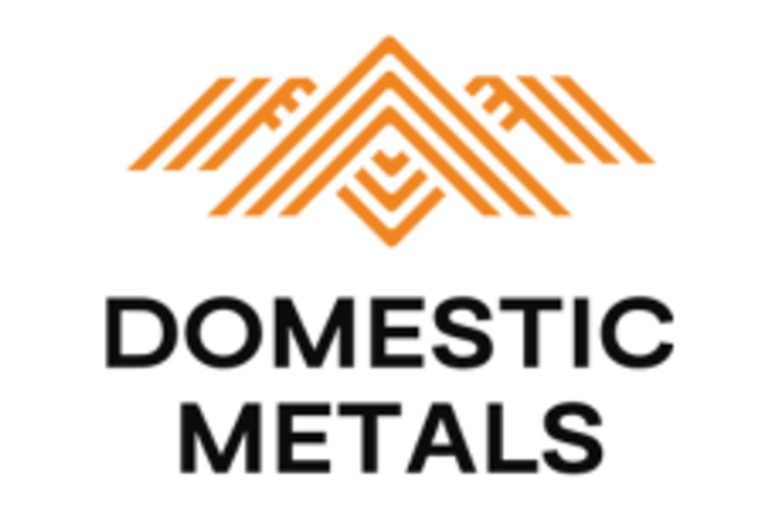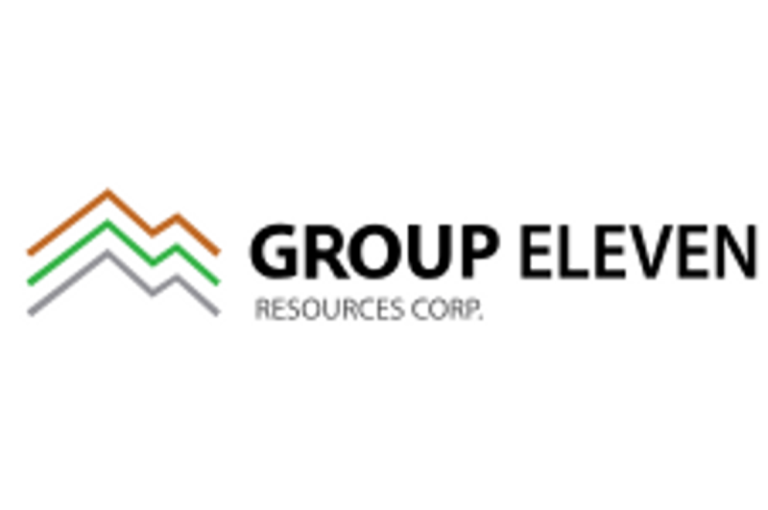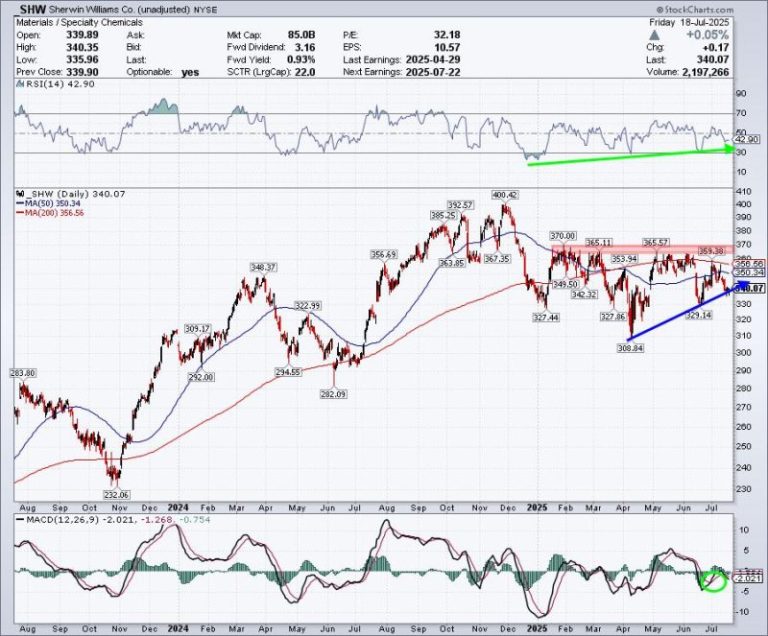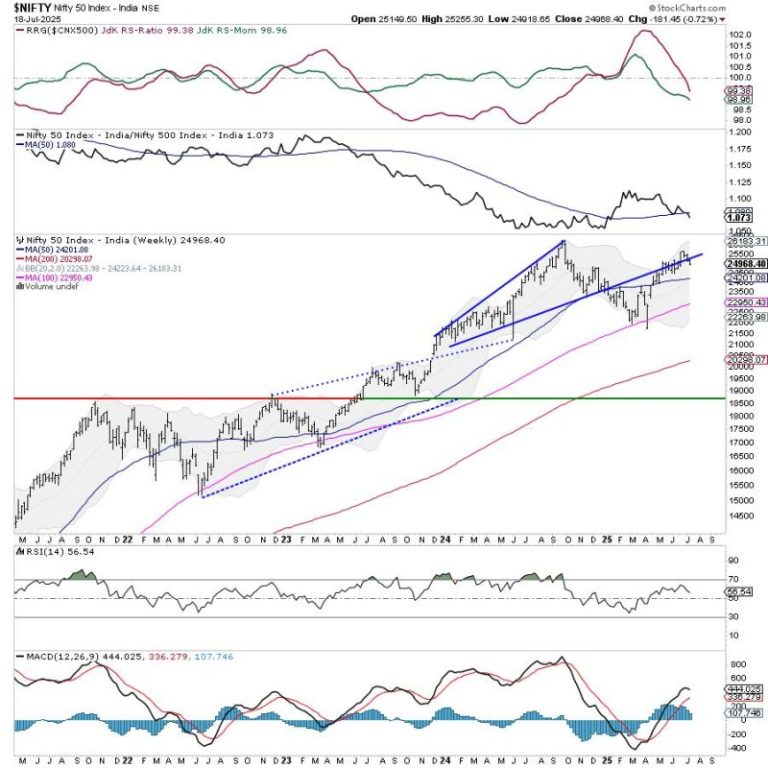Here is a look at the all-time passing yardage leaders for every NFL franchise.
This list includes 10 current Pro Football Hall of Famers and a number of other quarterbacks who will one day be enshrined in Canton. While some teams have obvious all-time passing yardage leaders (Indianapolis Colts, Miami Dolphins, New England Patriots, for starters), other teams have surprising players atop their passing lists.
Arizona Cardinals: Jim Hart
Years: 1966-1983
Yards: 34,639 (209 TDs)
Others: Neil Lomax (22,771 yards), Kyler Murray (19,498), Jake Plummer (17,622), Carson Palmer (17,622)
Notes: Hart played for the then-St. Louis Cardinals. In 1974-75, Hart – under coach Don Coryell – led the Cardinals to back-to-back NFC East titles, quite an accomplishment when you consider the dominance enjoyed by the Dallas Cowboys in the division during that decade. Current Cardinals quarterback Kyler Murray is making a rapid rise up the franchise’s all-time passing leaders list.
Atlanta Falcons: Matt Ryan
Years: 2008-2021
Yards: 59,735 (367 TDs)
Others: Steve Bartkowski (23,470 yards), Chris Miller (14,066), Chris Chandler (13,268), Michael Vick (11,505)
Notes: Ryan also was the 2008 offensive rookie of the year and 2016 NFL MVP. During his career, the Falcons made six playoff appearances and reached Super Bowl LI (the Falcons had eight playoff appearances in the 41 seasons before Ryan’s arrival).
Baltimore Ravens: Joe Flacco
Years: 2008-2018
Yards: 38,245 (212 TDs)
Others: Lamar Jackson (20,059 yards), Kyle Boller (7,846), Vinny Testaverde (7,148), Steve McNair (4,163)
Notes: Flacco’s career in Baltimore was highlighted by being named the MVP in the Ravens’ victory in Super Bowl XLVII.
Buffalo Bills: Jim Kelly
Years: 1986-1996
Yards: 35,467 (237 TDs)
Others: Joe Ferguson (27,590 yards), Josh Allen (26,434), Jack Kemp (15,134), Ryan Fitzpatrick (11,654)
Notes: Kelly, the Pro Football Hall of Famer, directed one of the most prolific offenses in league history and guided the Bills to four consecutive Super Bowl appearances. Allen’s contract extension signed during the 2025 offseason should assure that he will be in Buffalo long enough to top Kelly’s franchise record.
Carolina Panthers: Cam Newton
Years: 2011-2019
Yards: 29,041 (182 TDs)
Others: Jake Delhomme (19,258 yards), Steve Beuerlein (12,690), Kerry Collins (8,306), Bryce Young (5,280)
Notes: Newton was NFL MVP in 2015, throwing for a career-high 35 TDs, leading the Panthers to Super Bowl 50.
Chicago Bears: Jay Cutler
Years: 2009-2016
Yards: 23,443 (154 TDs)
Others: Sid Luckman (14,686 yards), Jim Harbaugh (11,567), Jim McMahon (11,203), Mitchell Trubisky (10,609)
Notes: Cutler directed the Bears to their last NFC championship game appearance in 2010. Luckman is the only former Bears quarterback in the Pro Football Hall of Fame.
Cincinnati Bengals: Ken Anderson
Years: 1971-1986
Yards: 32,838 (197 TDs)
Others: Andy Dalton (31,594 yards), Boomer Esiason (27,149), Carson Palmer (22,694), Joe Burrow (19,001)
Notes: Anderson was the 1981 NFL MVP, a season in which he led the Bengals to an appearance in Super Bowl XVI. Burrow is signed through the end of the decade and could be atop the team list by the time that deal expires.
Cleveland Browns: Brian Sipe
Years: 1974-1983
Yards: 23,713 (154 TDs)
Others: Otto Graham (23,584 yards), Bernie Kosar (21,904), Baker Mayfield (14,125), Frank Ryan (13,361)
Notes: Graham, a Pro Football Hall of Famer, led the Browns to seven combined championships in the AAFC and NFL.
Dallas Cowboys: Tony Romo
Years: 2004-2016
Yards: 34,183 (248 TDs)
Others: Troy Aikman (32,942 yards), Dak Prescott (31,437), Roger Staubach (22,700), Danny White (21,959)
Notes: Romo and Prescott have posted three 4,000-yard passing seasons apiece. Prescott could be atop this list by the end of the 2025 season, but health has been a concern for the Cowboys’ current quarterback.
Denver Broncos: John Elway
Years: 1983-1998
Yards: 51,475 (300 TDs)
Others: Peyton Manning (17,112 yards), Craig Morton (11,895), Brian Griese (11,763), Jake Plummer (11,631)
Notes: At the time of his retirement, Elway was the NFL’s second-leading all-time passing yardage leader (behind Dan Marino); he’s currently No. 12.
Detroit Lions: Matthew Stafford
Years: 2009-2020
Yards: 45,109 (282 TDs)
Others: Jared Goff (16,887 yards), Bobby Layne (15,710), Scott Mitchell (12,647), Greg Landry (12,451)
Notes: Stafford’s statistical ledger includes seven 4,000-yard passing seasons and one 5,000-yard passing season with the Lions.
Green Bay Packers: Brett Favre
Years: 1992-2007
Yards: 61,655 (442 TDs)
Others: Aaron Rodgers (59,055 yards), Bart Starr (24,718), Lynn Dickey (21,369), Tobin Rote (11,535)
Notes: Dickey held the Packers’ single-season passing yardage record (4,458 in 1983) for 28 years until Rodgers finally broke it in 2011 (4,643).
Houston Texans: Matt Schaub
Years: 2007-2013
Yards: 23,221 (124 TDs)
Others: Deshaun Watson (14,539 yards), David Carr (13,391), C.J. Stroud (7,835), Davis Mills (5,955)
Notes: Stroud’s 2024 offensive rookie of the year season included setting a rookie record for most passing yards (470) in a game.
Indianapolis Colts: Peyton Manning
Years: 1998-2010
Yards: 54,828 (399 TDs)
Others: Johnny Unitas (39,768 yards), Andrew Luck (23,671), Bert Jones (17,663), Jack Trudeau (9,647)
Notes: Unitas and Jones each played for the Baltimore Colts. Manning also is the Broncos’ No. 2 all-time leading passer, which is impressive given he played just four seasons in Denver.
Jacksonville Jaguars: Mark Brunell
Years: 1995-2003
Yards: 25,698 (144 TDs)
Others: Blake Bortles (17,646 yards), David Garrard (16,003), Trevor Lawrence (13,815), Byron Leftwich (9,042)
Notes: Brunell led the Jaguars to two AFC championship game appearances (1996 and 1999) during his time in Jacksonville.
Kansas City Chiefs: Patrick Mahomes
Years: 2017-present
Yards: 32,352 (245 TDs)
Others: Len Dawson (28,507 yards), Trent Green (21,459), Alex Smith (17,608), Bill Kenney (17,277)
Notes: Mahomes passed Dawson on the Chiefs’ all-time passing yardage list during the 2024 season. Dawson’s first season was with the Dallas Texans, who he led to the American Football League championship in 1962 before the franchise moved to Kansas City in 1963.
Las Vegas Raiders: Derek Carr
Years: 2014-2022
Yards: 35,222 (217 TDs)
Others: Ken Stabler (19,078 yards), Rich Gannon (17,585), Daryle Lamonica (16,655), Jim Plunkett (12,665)
Notes: Carr was a four-time Pro Bowl selection for the Raiders. Stabler, Gannon, Lamonica and Plunkett each helped the Raiders reach the Super Bowl, with Stabler and Plunkett (twice) winning titles.
Los Angeles Chargers: Philip Rivers
Years: 2004-2019
Yards: 59,271 (397 TDs)
Others: Dan Fouts (43,040 yards), John Hadl (26,938), Justin Herbert (21,093), Stan Humphries (16,085)
Notes: Chargers with as impressive a top six (Drew Brees is sixth with 12,348 yards) as there is in the league.
Los Angeles Rams: Jim Everett
Years: 1986-1993
Yards: 23,758 (142 TDs)
Others: Marc Bulger (22,814 yards), Roman Gabriel (22,223), Jared Goff (18,171), Norm Van Brocklin (16,114)
Notes: Everett twice led the NFL in touchdown passes, including in the 1989 season when he helped the Rams reach the NFC championship game. Matthew Stafford (14,700 yards) should reach Rams’ top five in 2025.
Miami Dolphins: Dan Marino
Years: 1983-1999
Yards: 61,361 (420 TDs)
Others: Bob Griese (25,092 yards), Ryan Tannehill (20,434), Tua Tagovaloa (12,639), Jay Fiedler (11,040)
Notes: Once the NFL’s all-time passing yardage leader, Marino enters the 2025 season ranked No. 9 behind Tom Brady, Drew Brees, Peyton Manning, Brett Favre, Ben Roethlisberger, Philip Rivers, Aaron Rodgers and Matt Ryan.
Minnesota Vikings: Fran Tarkenton
Years: 1961-1966, 1972-1978
Yards: 33,098 (239 TDs)
Others: Tommy Kramer (24,775 yards), Kirk Cousins (23,265), Daunte Culpepper (20,162), Wade Wilson (12,135)
Notes: Tarkenton long held the league’s career passing yardage record (47,003) before being surpassed by Dan Marino in 1995.
New England Patriots: Tom Brady
Years: 2000-2019
Yards: 74,571 (541 TDs)
Others: Drew Bledsoe (29,657 yards), Steve Grogan (26,886), Babe Parilli (16,747), Tony Eason (10,732)
Notes: Brady had 10 seasons with 4,000-plus passing yards and one with 5,000-plus passing yards during his time in New England.
New Orleans Saints: Drew Brees
Years: 2006-2020
Yards: 68,010 (491 TDs)
Others: Archie Manning (21,734 yards), Aaron Brooks (19,156), Bobby Hebert (14,630), Jim Everett (10,622)
Notes: Coupled with his 12,348 passing yards accumulated during his time in San Diego, Brees is the league’s No. 2 all-time leading passer behind Tom Brady (89,214 yards for Brady, 80,358 for Brees).
New York Giants: Eli Manning
Years: 2004-2019
Yards: 57,023 (366 TDs)
Others: Phil Simms (33,462 yards), Charlie Conerly (19,488), Kerry Collins (16,875), Daniel Jones (14,582)
Notes: Eli Manning, a two-time Super Bowl MVP, threw for 4,000-plus yards seven times while also leading the league in interceptions three times.
New York Jets: Joe Namath
Years: 1965-1976
Yards: 27,057 (170 TDs)
Others: Ken O’Brien (24,386 yards), Richard Todd (18,241), Chad Pennington (13,738), Vinny Testaverde (12,497)
Notes: Namath, who made good on the most famous ‘guarantee’ in sports history, led the league in passing yardage three times.
Philadelphia Eagles: Donovan McNabb
Years: 1999-2009
Yards: 32,873 (216 TDs)
Others: Ron Jaworski (26,963 yards), Randall Cunningham (22,877), Carson Wentz (16,811), Norm Snead (15,672),
Notes: McNabb helped the Eagles qualify for the playoffs eight times and make one Super Bowl appearance. Entering 2025, Jalen Hurts is 1,005 yards behind Snead on the Eagles’ all-time passing yardage list.
Pittsburgh Steelers: Ben Roethlisberger
Years: 2004-2021
Yards: 64,088 (418 TDs)
Others: Terry Bradshaw (27,989 yards), Kordell Stewart (13,328), Neil O’Donnell (12,867), Bubby Brister (10,104)
Notes: Roethlisberger, a two-time Super Bowl winner, led the NFL in passing yards twice in his career.
San Francisco 49ers: Joe Montana
Years: 1979-1992
Yards: 35,124 (244 TDs)
Others: John Brodie (31,548 yards), Steve Young (29,907), Jeff Garcia (16,408), Y.A. Tittle (16,016)
Notes: Montana, a four-time Super Bowl champion and two-time league MVP, led the NFL in completion percentage five times in his career.
Seattle Seahawks: Russell Wilson
Years: 2012-2021
Yards: 37,059 (292 TDs)
Others: Matt Hasselbeck (29,434 yards), Dave Krieg (26,132), Jim Zorn (20,122), Geno Smith (12,961)
Notes: Wilson has accounted for five of the top seven single-season passing yardage totals in Seahawks history (Geno Smith’s 4,320 and 4,282 yards in 2024 and 2022, respectively, top the team list).
Tampa Bay Buccaneers: Jameis Winston
Years: 2015-2019
Yards: 19,737 (121 TDs)
Others: Vinny Testaverde (14,820 yards), Tom Brady (14,643), Josh Freeman (13,534), Trent Dilfer (12,969)
Notes: Brady’s three-year tenure in Tampa included winning Super Bowl LV during the 2020 season, and leading the league in passing yards (5,316) and touchdowns (43) in 2021. In 2019, Winston became the first quarterback in NFL history to throw for at least 30 touchdowns (33) and at least 30 interceptions (30).
Tennessee Titans: Warren Moon
Years: 1984-1993
Yards: 33,685 (196 TDs)
Others: Steve McNair (27,141 yards), George Blanda (19,149), Dan Pastorini (16,864), Ryan Tannehill (14,447)
Notes: Moon, Blanda and Pastorini all played for the Houston Oilers, with Moon’s final season with the franchise taking place four years before the relocation to Tennessee.
Washington Commanders: Joe Theismann
Years: 1974-1985
Yards: 25,585 (160 TDs)
Others: Sonny Jurgensen (22,585 yards), Sammy Baugh (21,886), Kirk Cousins (16,206), Mark Rypien (15,928)
Notes: Theismann earned NFL MVP honors in 1983 when the Redskins scored a then-record 541 points.
All the NFL news on and off the field. Sign up for USA TODAY’s 4th and Monday newsletter.









